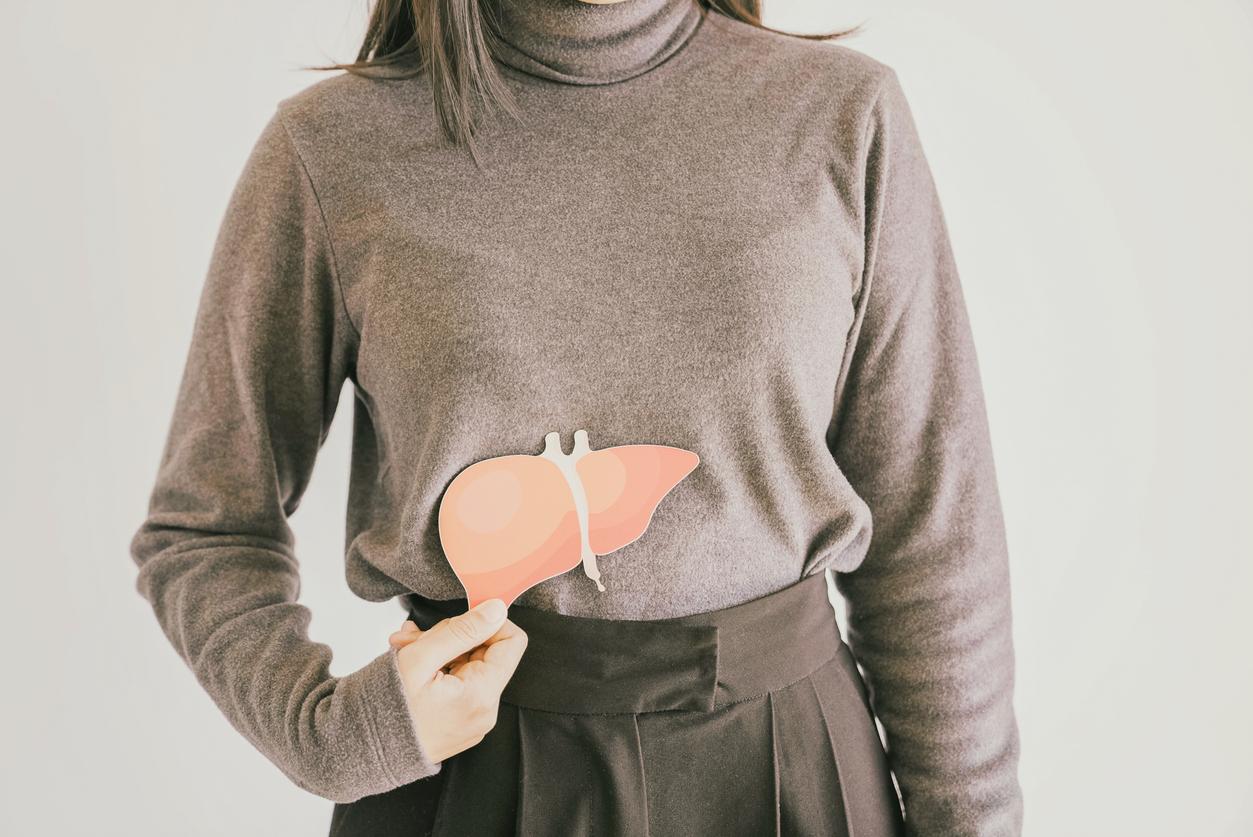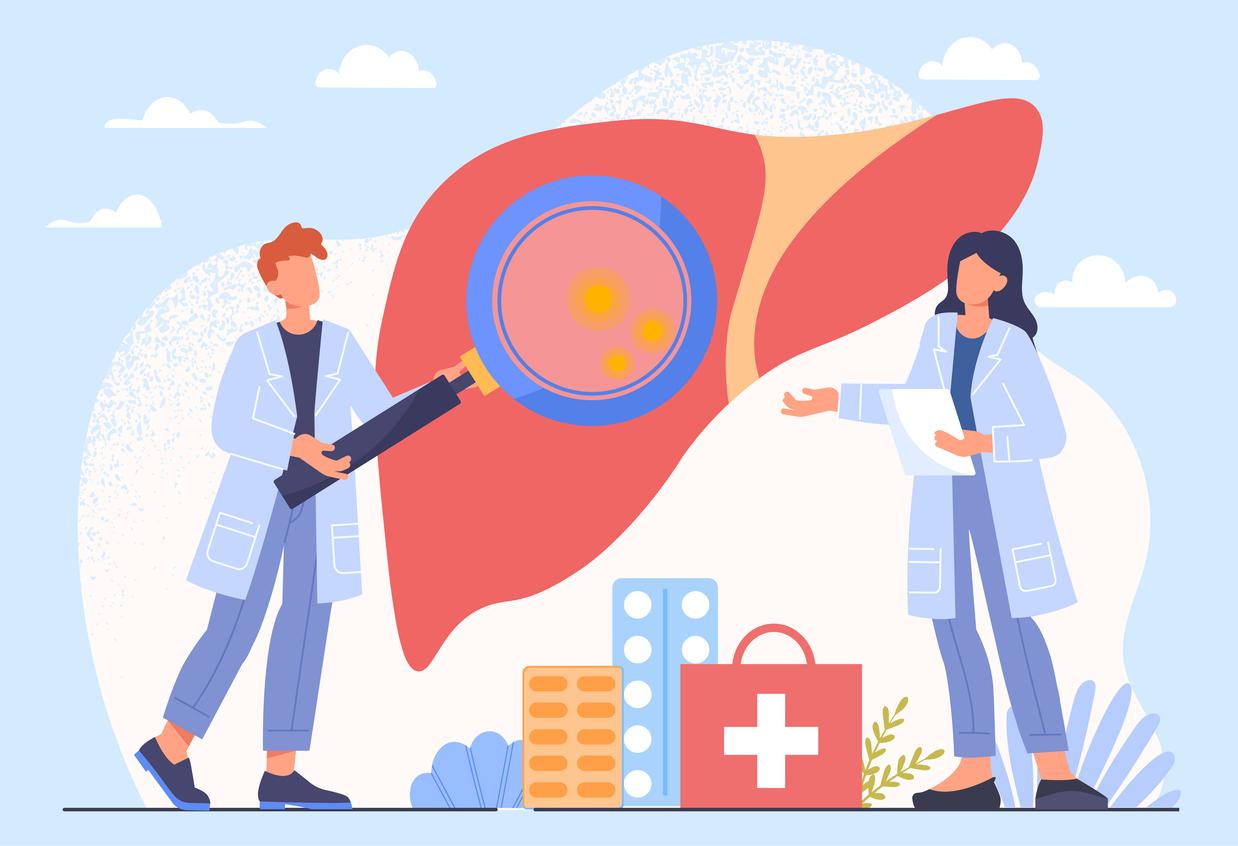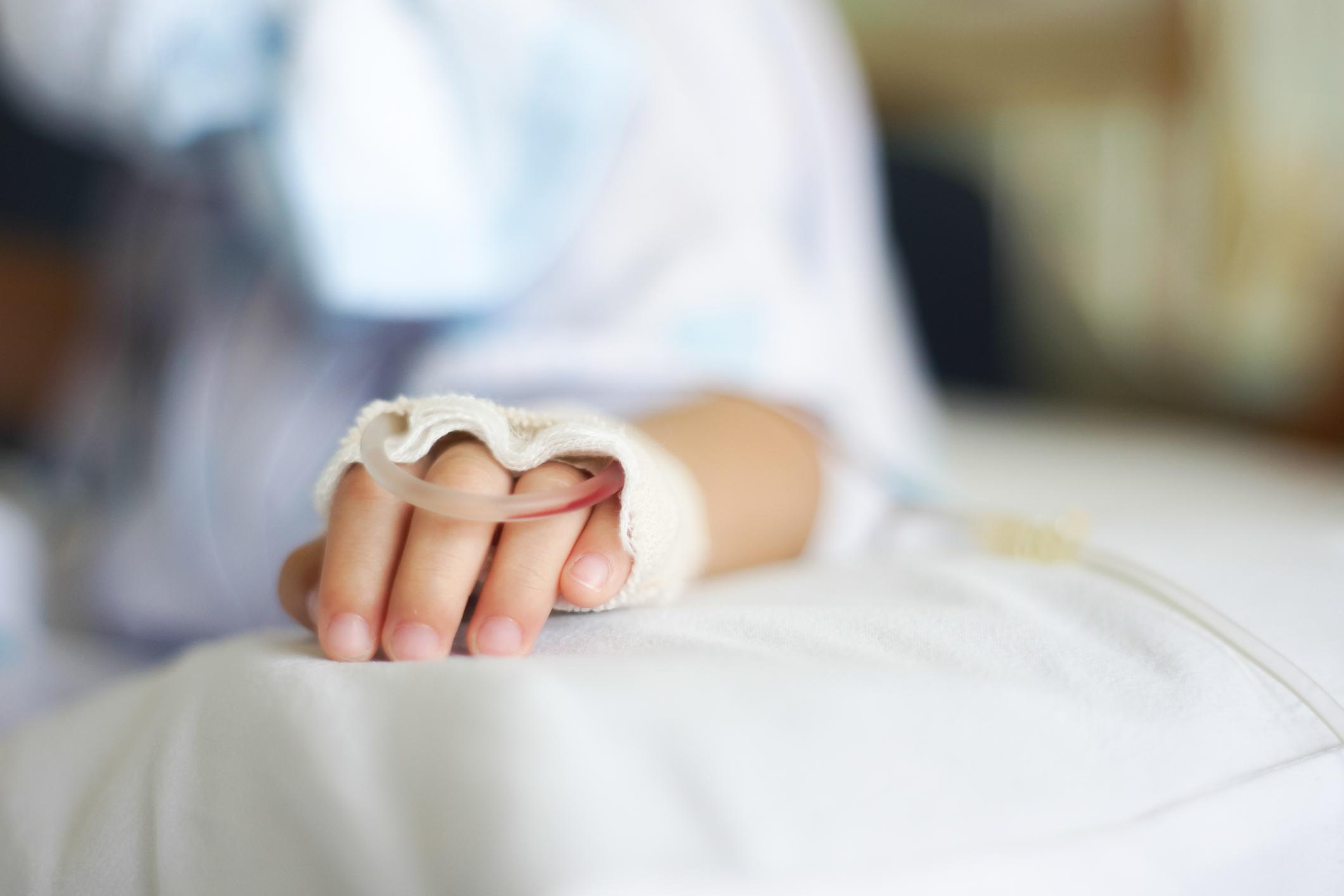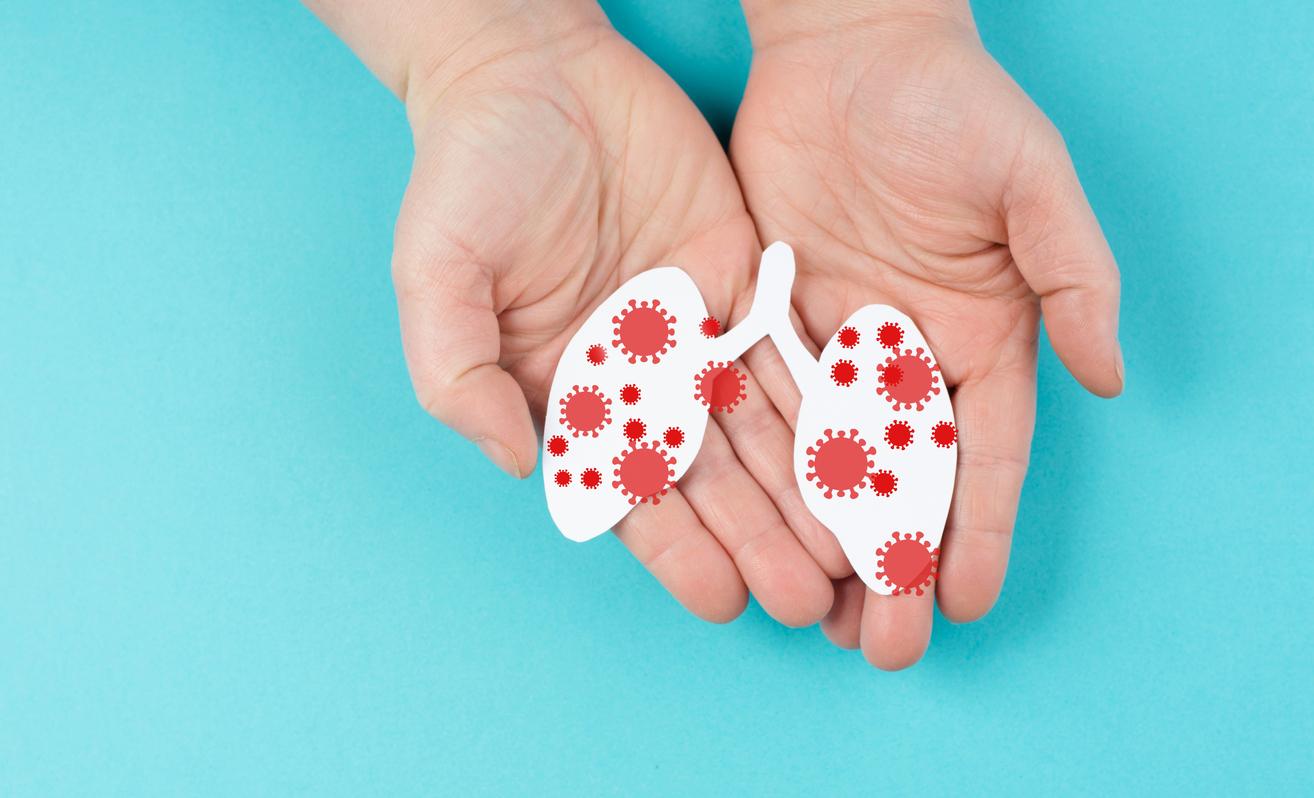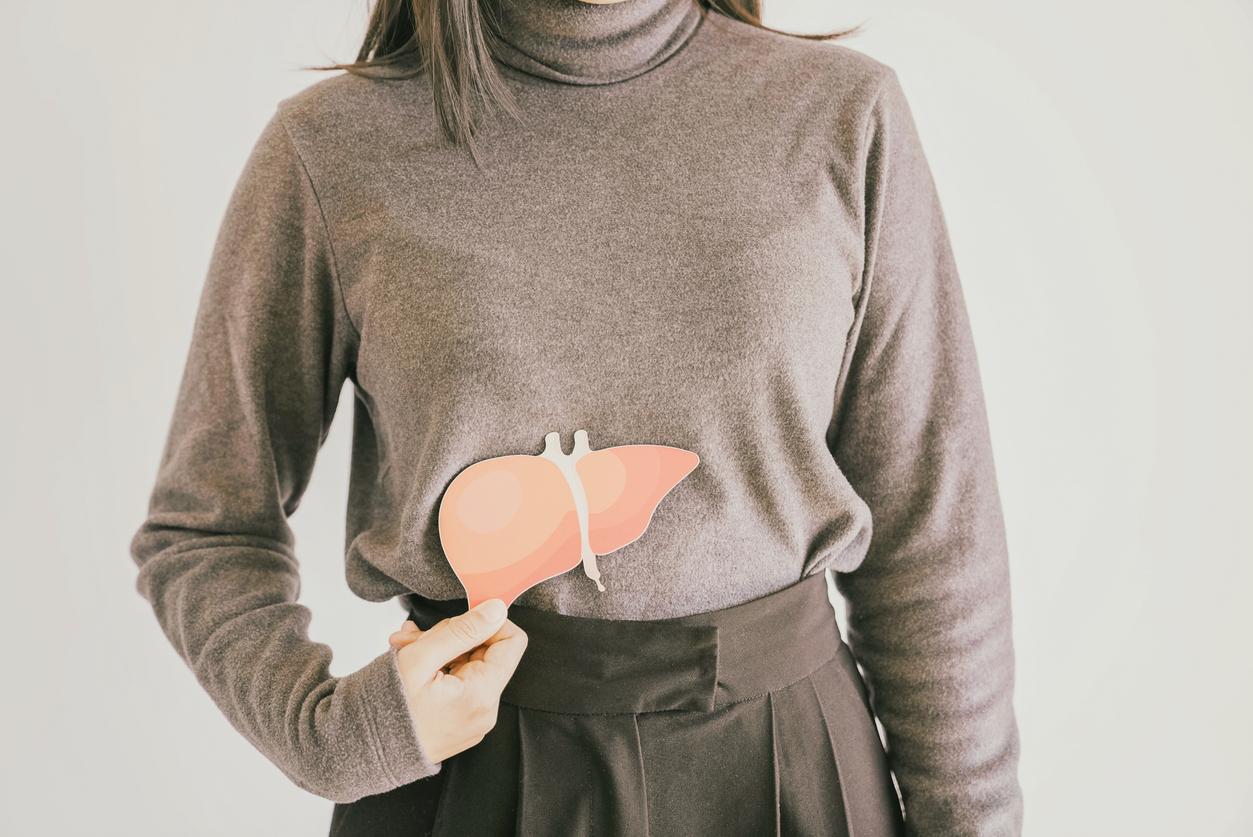Concretely, what is NASH?
“She who is nicknamed “fatty liver disease” or “soda disease” is the abbreviation of an Anglo-Saxon name, Non Alcoholic Steatosis Hepatitis, non alcoholic steato-hepatitis, in French. This diagnosis was unknown to the benches of the faculty until recently. This is an inflammation of the liver that has nothing to do with alcohol. It is due to junk food, the consumption of too much fat, and too much sugar, carbohydrates, which the liver transforms into fat when it has too much” explains Dr. Dominique Lannes, gastroenterologist and hepatologist in Paris.
The liver grows fat, like that of geese force-fed for the holidays, and this fat acts as an aggressor. In response, the liver develops fibrosis, that is to say that hard fibers begin to invade it. These fibers suffocate the hepatocytes, a little, a lot, until the whole liver hardens if nothing is done. It’s cirrhosis.
Why are you ringing the alarm bell?
“During my thirty years of exercise, I have seen the liver of my patients change. It has become more and more fatty. We eat more and more badly. At the same time, our physical expenditure decreases, and the time spent in front of the screens explodes. We can no longer let the majority of patients discover the disease by chance, when it is too late to treat it” regrets the specialist.
What are the complications related to NASH?
When the liver fattens and destroys itself, it does so without pain and without symptoms.. For 10, 15, 20 years, there are absolutely no symptoms. One can thus arrive at the stage of cirrhosis without noticing anything! Until the day when the liver, totally disorganized by all the fibrous tissue that has invaded it, can no longer do its job. This can then result in jaundice, digestive bleeding, a swollen stomach, and lead, in extreme cases, to coma or death. Informing and calling for vigilance can save lives.
Is there a treatment?
Not yet, but fifty laboratories all over the world are desperately looking for one. Today, the only treatment is a radical change in lifestyle: rebalancing your diet, exercising regularly, losing weight if necessary.
At the simple foie gras stage, it is reversible. The liver may return to normal. But when fibrosis is installed, it is difficult to get rid of it. Even if it is always good to act, not to make matters worse. When it comes to end-stage cirrhosis, the risk of liver cancer increases, a transplant may be necessary.
Our Experts:
Dr Dominique Lannes, gastroenterologist and hepatologist in Paris
Dr Jean-Louis Payen, gastroenterologist and hepatologist in Capbreton
Read also :
- Screening for liver disease: it should be systematic
- Sluggish liver: here are the most common causes
- Liver, pancreas, stomach: are digestive cancers better treated?











